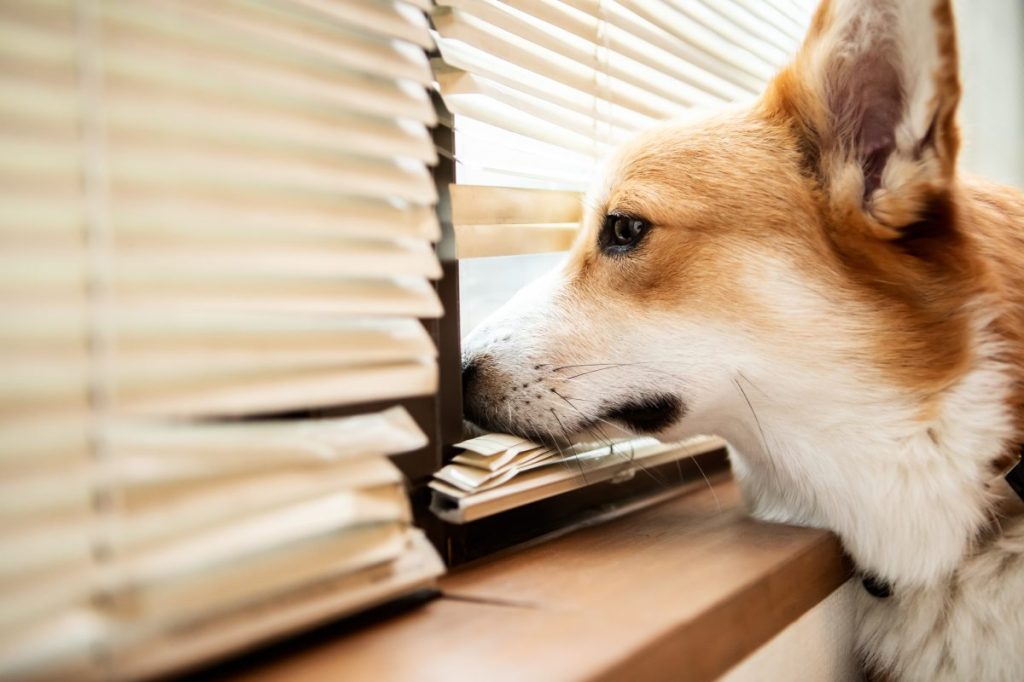Separation anxiety is an enormous problem for pets. The National Institutes of Health reported that pre-pandemic, about 20 percent of dogs experienced separation anxiety — and that incidence is likely higher now that pet parents have returned to in-person jobs.
What are the signs of separation anxiety in dogs
Pets with separation anxiety…






